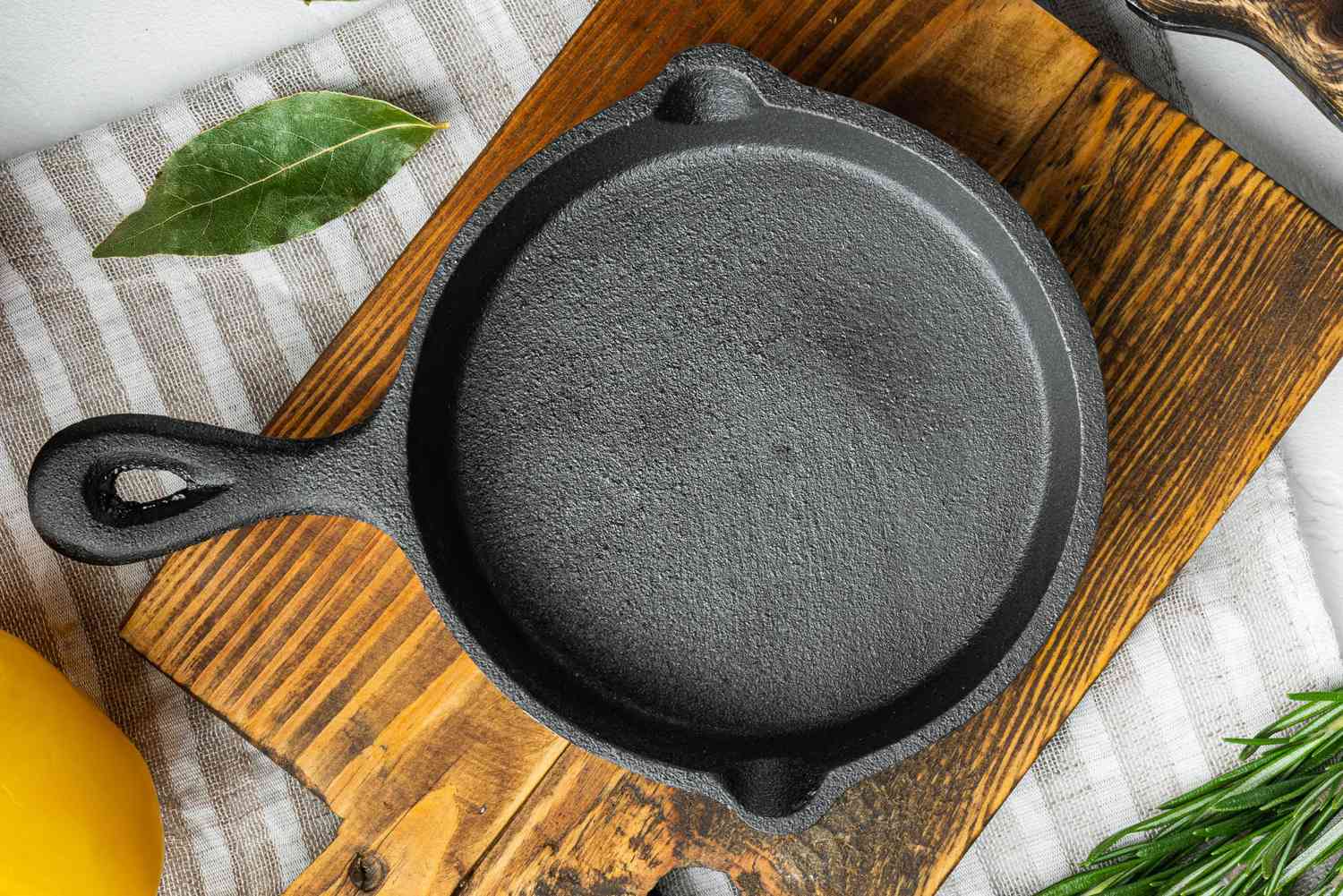In the culinary world, having the right tools can significantly enhance your cooking experience. Two essential types of cookware that often invite confusion are the stock pot and the Dutch oven. These pots serve different purposes but are equally vital in any professional kitchen. Understanding the differences between them is crucial for kitchen professionals who aim to maximize their cooking efficiency and create delicious meals.
Both of these cookware pieces play a central role in preparing various recipes, providing unique benefits based on your culinary needs. In this article, we will delve deep into each of these pots, dissect their attributes, applications, and identify their specific roles in your cooking repertoire.

What is a Stock Pot?
A stock pot is a large, deep pot specifically designed to hold substantial amounts of liquid. It's the go-to choice for making stocks, soups, stews, and boiling pasta or seafood. One of the defining features of a stock pot is its ample capacity, often ranging from 8 to 20 quarts, making it ideal for large batches. The tall sides and wide opening allow for efficient simmering and evaporation, which is essential when creating flavorful stocks.
Stock pots are typically made from stainless steel or aluminum, and they often come with a heavy bottom to ensure even heat distribution. The high sides prevent the liquid from sloshing over while stirring, making it perfect for vigorous cooking methods. You can learn more about stock pot uses on Culinacooks.

What is a Dutch Oven?
A Dutch oven is a versatile pot known for its thick, heavy-duty cast iron construction, usually coated with enamel. This cookware is ideal for slow-cooking, braising, and baking, allowing for optimal heat retention and distribution. Unlike a stock pot, which has straight sides, a Dutch oven features a more rounded shape and a tight-fitting lid, making it perfect for dishes that require moist cooking.
The beauty of a Dutch oven lies in its ability to transition seamlessly from stovetop to oven. This flexibility opens up a world of possibilities for kitchen professionals looking to execute a variety of cooking techniques, such as searing meats before slow-cooking them. For more about Dutch ovens, you might find this link helpful: Dutch oven uses.

Comparative Overview
Heres a breakdown of the major differences between stock pots and Dutch ovens:
- Material: Stock pots are commonly made from stainless steel or aluminum, whereas Dutch ovens are typically cast iron or enamel-coated cast iron.
- Shape and Size: Stock pots are taller and narrower, suitable for boiling and simmering. Dutch ovens are shorter and wider, designed for slow cooking and braising.
- Cooking Technique: Stock pots excel in boiling and steaming due to their height, while Dutch ovens shine in braising and baking due to their heat retention.
- Capacity: Stock pots usually have a larger capacity, ranging from 8 to 20 quarts, while Dutch ovens generally range from 4 to 8 quarts.

Choosing the Right Pot for Your Needs
When considering which pot to use for your culinary adventures, it's essential to evaluate your cooking style and the dishes you plan to prepare. A stock pot is the ideal choice if youre focusing on simmering large quantities of soup or stock. On the other hand, if braising meats or baking is on your agenda, reach for a Dutch oven.
For instance, if you're making a massive batch of chicken stock, a stock pot would be your best friend. But when it comes to whip up a hearty beef stew, a Dutch oven would ensure tender results with its ability to maintain moisture. For tips on making chicken stock, check out this helpful guide: chicken stock recipe.
Cleaning and Maintenance
Both the stock pot and the Dutch oven have specific cleaning and maintenance requirements that professional chefs should be aware of. While stock pots are generally dishwasher safe, you may want to hand wash them with a gentle scrub to maintain their finish. For Dutch ovens, particularly those made from cast iron, its crucial to avoid abrasive cleaning tools that could damage the enamel coating.
Learn about cleaning your stock pot effectively here: cleaning stock pots.
FAQ Section
1. Can I use a Dutch oven for making stock?
Yes, you can use a Dutch oven for making stock, but it may not be as efficient as a stock pot when it comes to volume and size.
2. Are stock pots oven-safe?
Most stock pots are not designed to be used in the oven due to their material and design, unlike Dutch ovens, which are safe for oven use.
3. Which should I buy first: a stock pot or a Dutch oven?
It depends on your cooking style! If you often prepare soups and stocks, a stock pot is essential. Conversely, for slow-cooking and baking, a Dutch oven would be more beneficial.
As an Amazon Associate, I earn from qualifying purchases.






Leave a comment
This site is protected by hCaptcha and the hCaptcha Privacy Policy and Terms of Service apply.